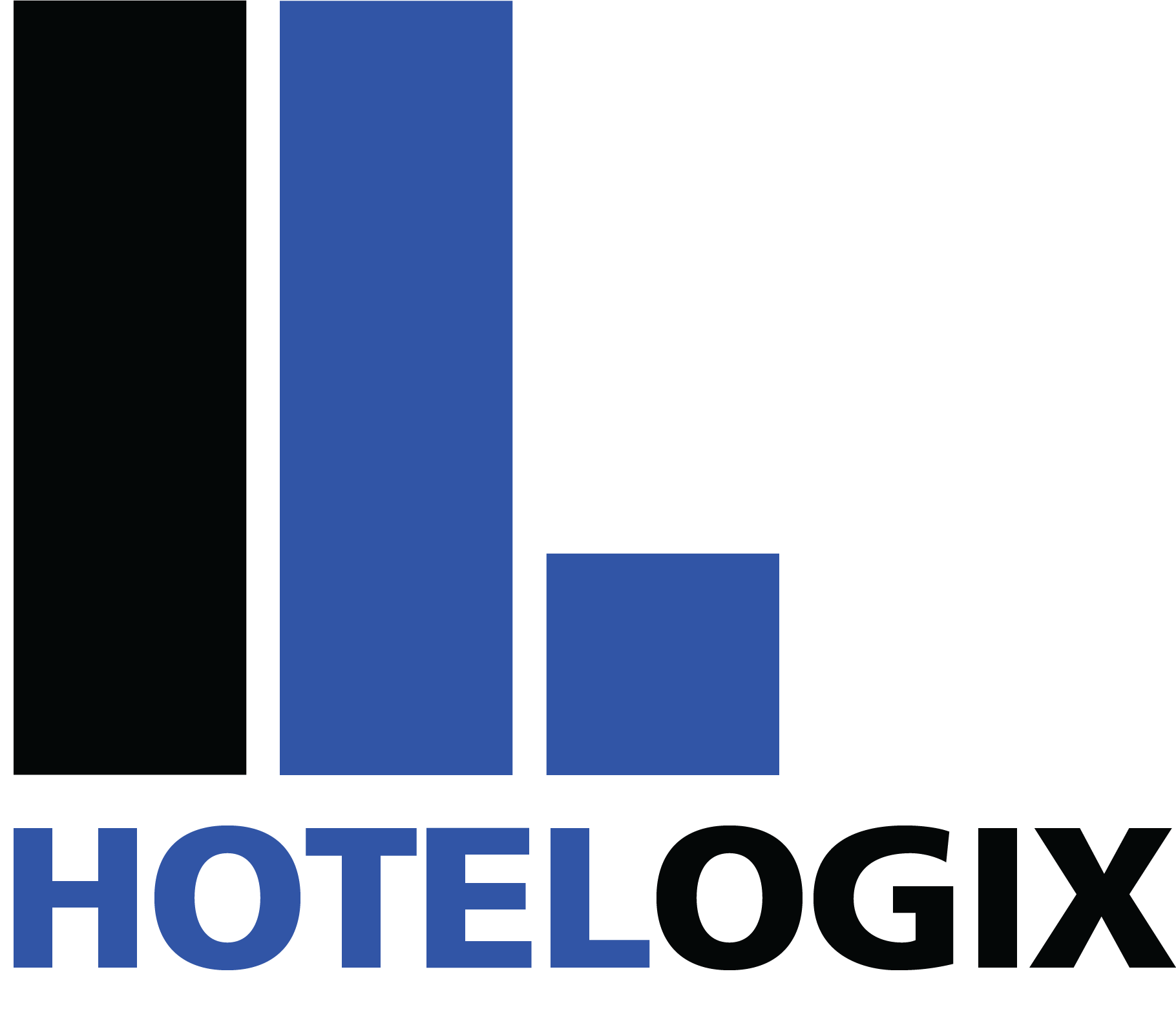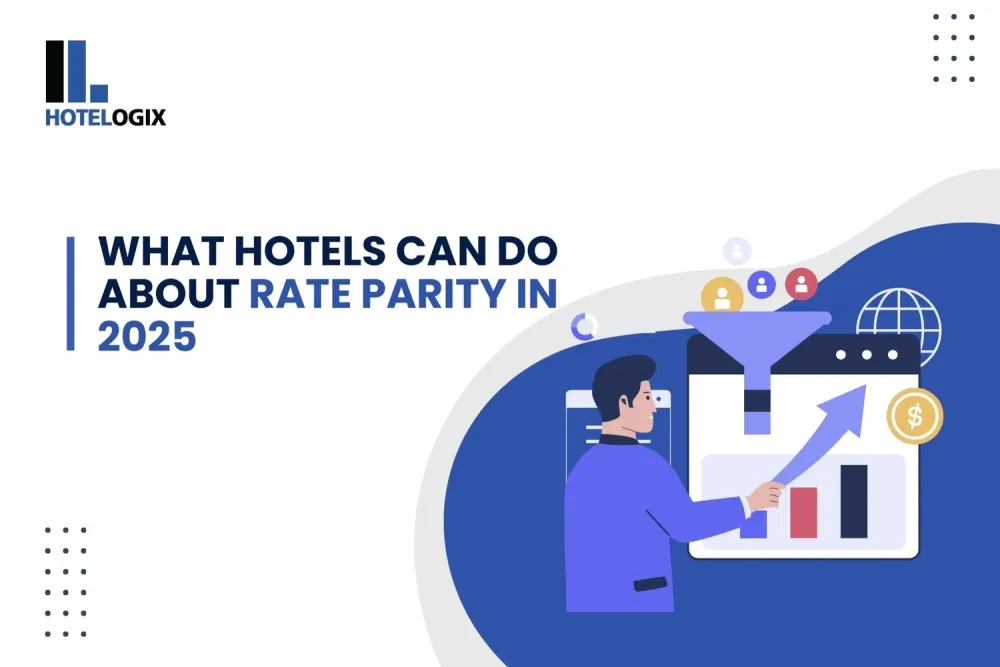It’s common knowledge that the majority of bookings being made around the world today come from the internet, and the overwhelming majority of these online bookings are made on OTAs. We even know the reason for this – guests prefer to book on OTAs. But why’s that?
Some will mention the convenience – online agencies allow guests to compare rooms from dozens of properties in the region – while others believe it’s the best price guarantee that many offer. However, a key component of an OTA’s success online is the website’s optimization. Without a well optimized site, no matter how many rooms are available or how low the prices are, guests aren’t going to be able to find them. And when they do, they’re not going to stick around forever waiting for a page to load.
OTAs do indeed dominate the online booking landscape – but the reason they’re so popular is because they give a lot of importance to website design and optimization. Robust website architecture is the primary catalyst for driving more traffic, and the online agencies take their brand websites very seriously. It’s about time independent hotels displayed the same commitment to their online presence!
Let’s break it down – there are two main areas where optimization makes all the difference:
Optimization for traffic
In order to generate more revenue through the hotel’s direct booking website, the site should be configured so guests can find it easily. Search engine optimization plays a primary role in attracting more bookings to the site – and hoteliers do need to invest a little effort in implementing various strategies. Proper use of keywords, backlink building and other SEO strategies are fundamental to establishing a basic online presence, but they’re not enough today. Modern Google algorithms scout websites for relevant information and fresh content, so hotels need to ensure that pages are filled with quality content and updated regularly – a blog is a great way to do this. Social media profiles also contribute to search engine ranking, but simply being ‘present’ on all channels isn’t going to make a difference. Managers need to ensure that all social media pages are regularly engaging audiences – competitions and other interactive activities are a great way to go about achieving this. Improving page rank and site authority is not an overnight process, it can take weeks to months before managers begin to see results. But the long-term stability it provides is certainly worth it.
Optimization for conversion
After site authority and a fairly good ranking has been established, the next part of this process becomes more crucial – although ideally it would be best to optimize a site for both, traffic and conversion simultaneously. The reason being attracting a large volume of traffic is pointless if the hotel’s website isn’t properly optimized to convert visitors into customers. A long loading time is going to drive visitors to other competing sites or OTAs – internet users aren’t exactly well-known for their patience!
A reliable booking engine integrated to a payment gateway is perhaps the most important part of the site – any issues here directly impact the property’s revenue. Site designers must make sure that clear call-to-actions are displayed prominently and that everything the property has to offer is covered. Although many state that the ‘billboard’ effect is dead, it’s always preferential to have all information regarding the property available for any customers who do trickle down from the OTAs.
Establishing a robust online presence through your hotel’s website is by no means a simple task – optimization is a science and it can take a while before managers figure out what works best for their property and region. Having said that, the OTAs have done it and we know it works. So there’s really no question about its significance!
—





